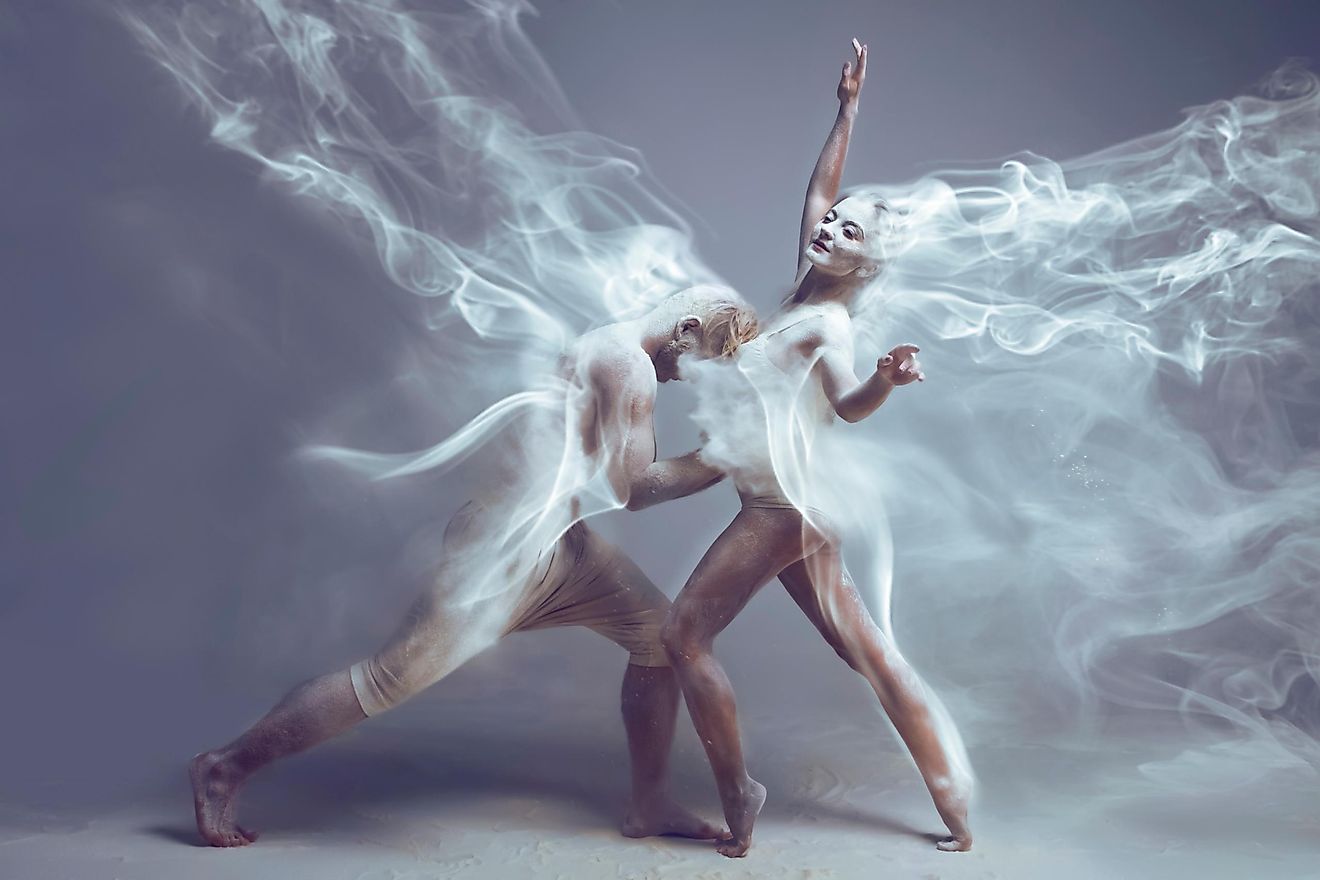What Is Modern Dance?

The modern dance evolved as a reaction to ballet and its unnatural body movements. Although it integrates ballet movements, together with other ethnic, social, or religious dancing, modern dance can focus on just one expression of movement. With its origins in the late 1900s, dancers wanted to change the premise of expressive stage dancing. And now, after many generations of choreographers, defining modern dance and what it represents remains ambiguous.
The Origins Of Modern Dance
There are three stages of modern dance style:
- From 1880 to 1923 - The early period
- From 1923 to 1946 -The middle period
- From 1946 to present -The late modern dance period
During the first wave of women’s emancipation, women were the ones who rose above the conventions and stepped forward to support the new dance. The idea was for the dancers to express themselves freely through movement. They were guided by music and inspired by paintings from ancient Greek vases, Oriental dances, and Native American cultures. The most basic movement in modern dance is a free natural style. One of the most important pioneers of modern dance was Isadora Duncan. An advocate of the body’s natural movement, she was inspired by movements of nature, such as winds and waves.
Modern Dance vs. Ballet
As opposed to the vertical posture, which is dominant in ballet, modern dance embraced dancing close to the floor with horizontal movements. Dancing with flat feet and bent limbs, movements which were shunned in ballet, was a way of portraying emotions in modern dance. Ballet represents classical and formal narrative, while modern dance contrasts it by representing current, contemporary issues that have led to its directness and increased intensity.
Modern Dance Today
Some of the movements in modern dance are jetes (jumps), glissade (gliding steps), chaine tour (chain turns), tour de basque (leaps), and front-to-back and side-to-side steps. Choreography in modern dance groups creates geometric shapes with dancers’ bodies. With mostly triangular, circular, and rectangular shapes, the audience can “see” the theme of the routine in modern dance.
Modern dance today is often confused with “jazz dance” which also incorporates some basic ballet movements. However, choreography in modern dance has a theme, while jazz dance uses a free form with jumps, hops, leaps accompanied by upbeat music. In modern dance, this is done with more fluidity and softness in movements.
Famous Modern Dancers
“If I could tell you what it meant, there would be no point in dancing it,” said Isadora Duncan (1877-1927). She would perform barefoot in thin and loose dresses, no corsets, bringing her expressive movements to impressive standards. The impact that she has had on modern dance continues far beyond her death. Widespread arms, leaps without constraints, skips, lifted head in a sort of ecstasy, and finally, each movement merging into the next one are elements that characterize Duncan’s dancing.
Embracing Duncan’s elements, German dancers Mary Wigman and Hanya Holm centered pelvis and torso in their dance movements.
In 1915, a prominent modern dance couple, Ruth St. Denis (1877-1968) and Ted Shawn (1891-1972), founded Denishawn School of Dancing and Related Arts. By advocating non-balletic movements in dance, this school is considered to be the place of origin of American modern dancers like Martha Graham, Doris Humphrey, and Charles Weidman.











